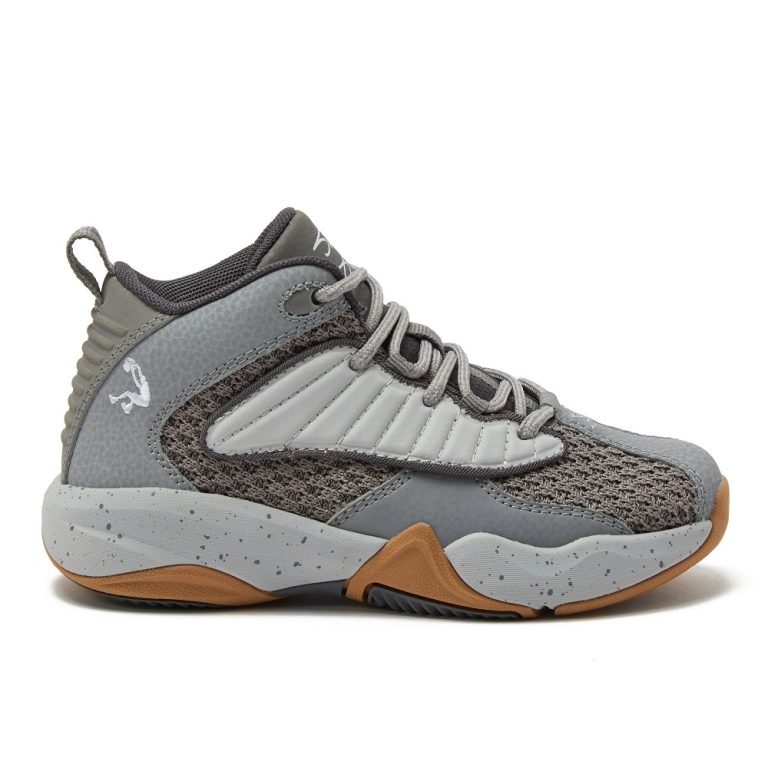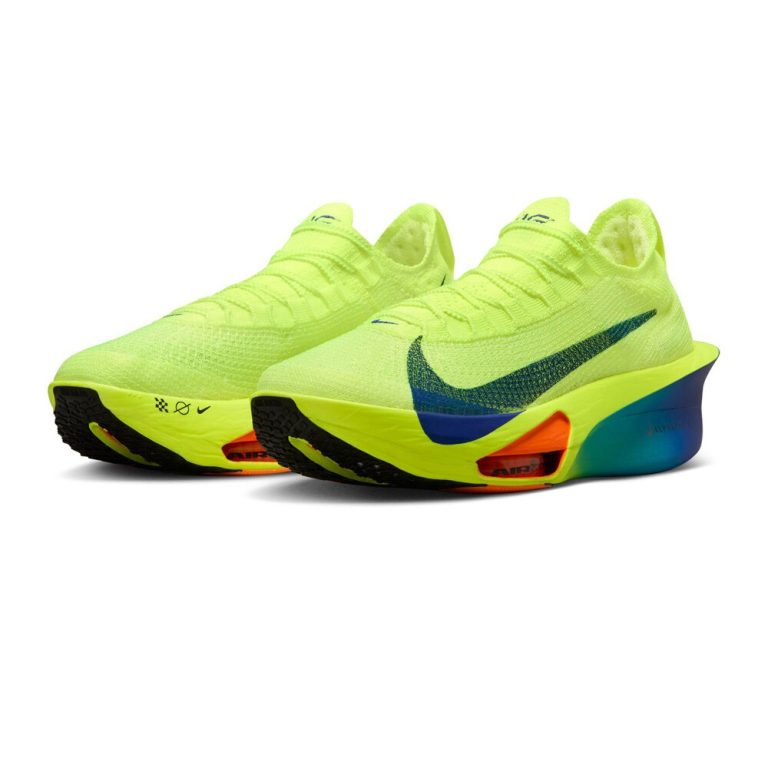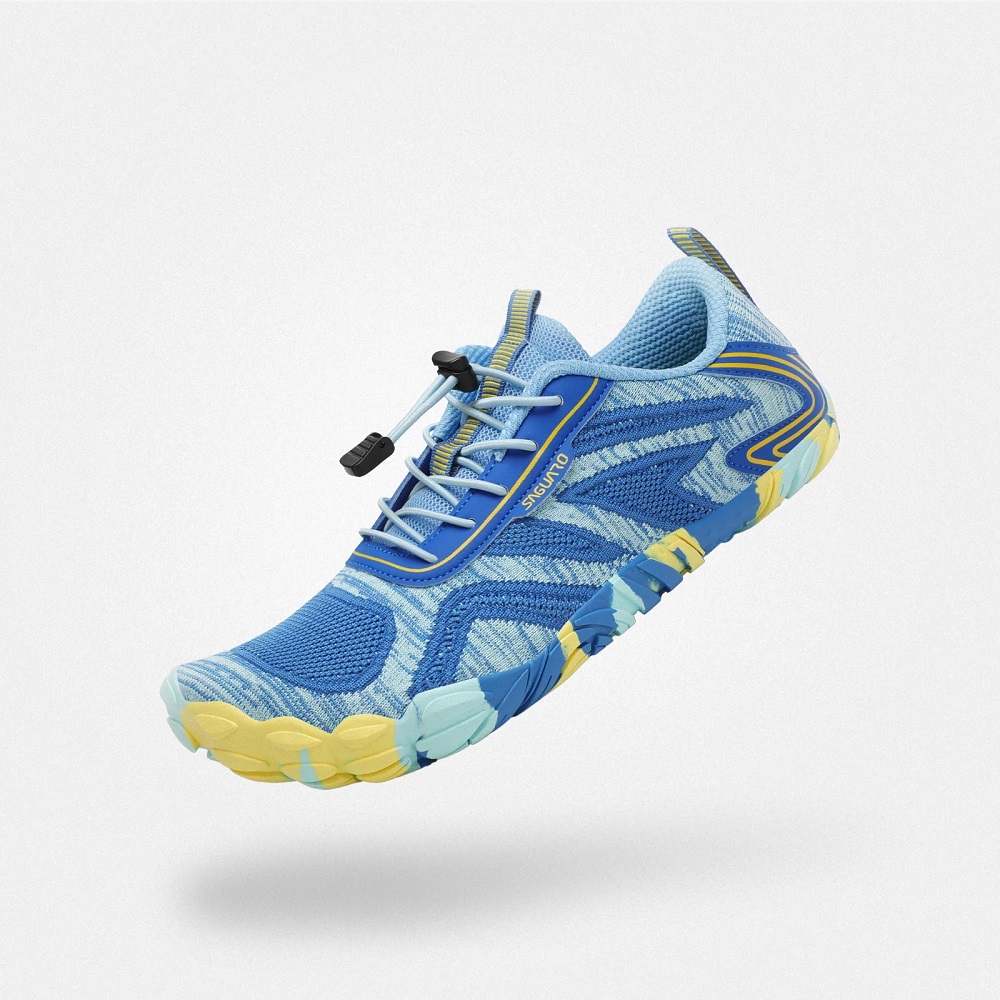
Zero Drop Trail Running Shoes: Why You Should Make the Switch
What Are Zero Drop Trail Running Shoes?
Zero drop trail running shoes are a distinctive type of footwear designed for running on trails. They focus on mimicking the natural movement of your feet. Unlike traditional running shoes, they emphasize a flat sole for a natural stride.
Definition of Zero Drop in Running Shoes
The term “zero drop” describes the height difference between the heel and the forefoot of the shoe. In zero drop running shoes, the heel and forefoot are at the same level. This design contrasts with traditional running shoes, which usually have a higher heel.
Having no height difference promotes a more neutral foot position. It encourages a natural gait that aligns your body during movement. This also helps distribute pressure evenly across the foot when running.
How Zero Drop Differs from Traditional Running Shoes
Zero drop shoes differ significantly from traditional running shoes in several key ways:
- Heel-to-toe drop: Zero drop shoes have no height difference, while traditional shoes often have a 10-12mm drop.
- Natural movement: Zero drop encourages a midfoot or forefoot strike, closer to barefoot running.
- Foot engagement: These shoes engage foot muscles more actively, strengthening them over time.
- Design focus: Traditional shoes prioritize cushioning, while zero drop shoes focus on a minimalistic and natural design.
Zero drop trail running shoes offer a unique option for runners seeking natural foot movement. They cater to individuals who prefer a connection with the ground on trails.
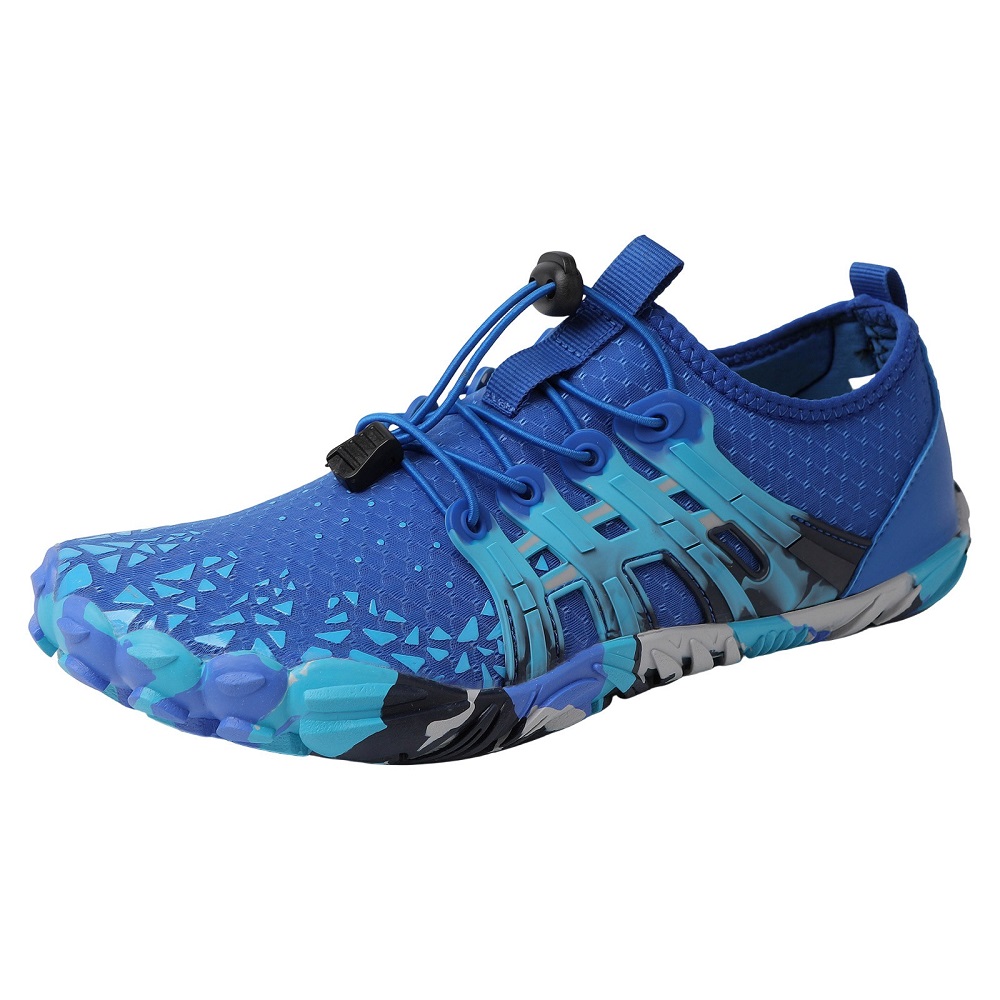
Key Benefits of Zero Drop Trail Running Shoes
Zero drop trail running shoes have gained popularity due to their unique benefits. Designed for natural foot movement, these shoes provide advantages that enhance running performance and comfort.
Improved Posture and Natural Alignment
Zero drop trail running shoes encourage a neutral posture and alignment. Their flat sole design supports the natural positioning of the body during movement. This helps reduce strain on the back, spine, and hips by promoting a straighter posture. Avoiding excessive tilt caused by traditional running shoes minimizes the risk of postural issues.
Enhanced Stability and Balance
The zero drop design improves your overall stability. By keeping the heel and forefoot at the same level, these shoes provide a grounded feel. This allows runners to stay more connected with the surface below. Better balance means improved control, reducing the chance of slips or falls when navigating uneven trails.
Strengthening of Foot Muscles and Tendons
Wearing zero drop trail running shoes actively engages your foot’s muscles and tendons. This strengthens the overall foot structure over time. By mimicking natural movement, these shoes build the stability and flexibility of the feet. Stronger muscles and tendons provide a better foundation for handling challenging terrains.
Reduced Impact on Joints and Knees
Zero drop trail running shoes help lessen impact on joints, particularly the knees. Their design promotes midfoot or forefoot striking, which reduces the hard impact typically associated with heel striking. With less stress on joints, wearers may experience reduced discomfort and fewer injuries during runs.
These benefits make zero drop trail running shoes an appealing choice for trail enthusiasts and runners alike. They help achieve efficient movement while prioritizing foot health and overall stability.
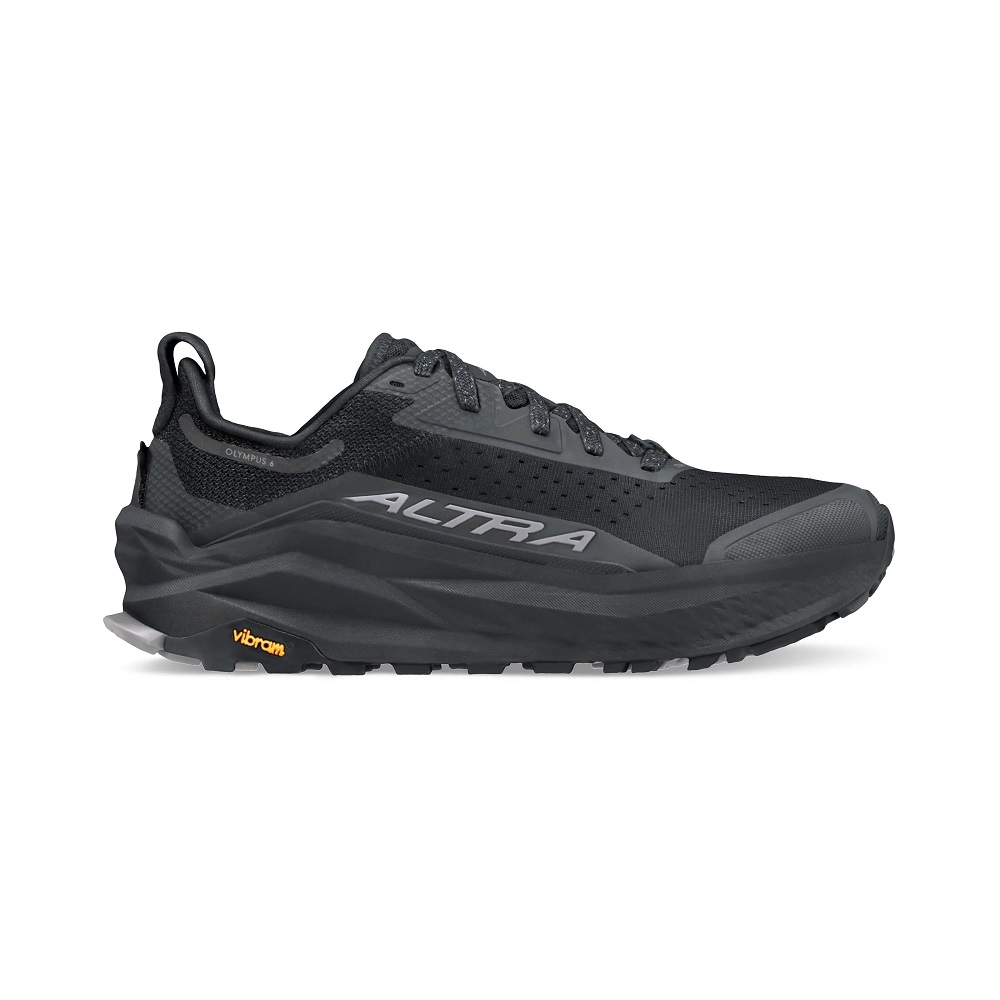
Who Should Consider Zero Drop Trail Shoes?
Zero drop trail running shoes are ideal for runners seeking a more natural and connected experience. They are specifically beneficial for individuals who prioritize foot health, alignment, and flexibility during trail runs. Let’s explore who may find these shoes most suitable.
Trail Runners Seeking Natural Foot Movement
Trail runners looking to mimic barefoot running will benefit from zero drop trail running shoes. Their flat sole design promotes a natural movement pattern with midfoot or forefoot strikes. These shoes allow better ground feel, providing improved control and agility on uneven trails. For those who enjoy the challenge and sensory feedback from various terrains, zero drop shoes deliver a more grounded running experience.
These shoes are also great for runners who prefer minimalistic designs. By focusing on the basics, zero drop shoes minimize the distractions caused by excessive cushioning. They help runners achieve a closer connection with nature while navigating a variety of trail conditions.
Athletes Experiencing Biomechanical Issues
Athletes dealing with biomechanical problems may find relief with zero drop trail running shoes. Their balanced design encourages proper posture and alignment, which can alleviate strain on the back, hips, and knees. The neutral heel-to-toe drop reduces uneven pressure distribution, potentially helping those with joint discomfort or improper gait patterns.
These shoes also work well for individuals who experience foot pain or weakness. By activating and strengthening foot muscles, tendons, and arches, zero drop shoes offer improved structure and stability. Athletes recovering from minor injuries or aiming to reduce knee impact during runs might gain significant advantages.
In essence, zero drop trail running shoes cater to trail runners and athletes looking for improved biomechanics, stability, and enhanced natural movement. Their unique benefits make them a valuable choice for certain running needs.
Tips for Transitioning to Zero Drop Trail Shoes
Switching to zero drop trail running shoes requires cautious planning to avoid discomfort and injuries. Transitioning gradually allows your feet and body to adjust to the altered biomechanics. Here are key strategies to ensure a smooth and safe adjustment.
Gradual Transition Strategies
- Start slow with shorter runs: Begin using zero drop trail running shoes during brief runs. Limit wearing them to avoid overloading your muscles and tendons.
- Alternate footwear: Balance your transition by using your traditional running shoes alongside zero drop shoes. Gradual alternation ensures your feet adapt over time without excessive strain.
- Increase mileage carefully: Gradually increase the distance you run with zero drop shoes by 10-15% each week. This prevents discomfort and allows muscles to strengthen naturally.
- Practice walking first: Wear zero drop trail running shoes during walks before running in them. Walking helps ease your feet into the flat sole design.
- Focus on your form: Pay attention to your running technique. Aim for a midfoot or forefoot strike to maximize the benefits of zero drop shoes.
Avoiding Injuries During Adjustment Period
- Listen to your body: Monitor discomfort or pain during the transition period. Rest as needed and avoid overexertion to minimize risks.
- Strengthen foot muscles: Perform foot exercises like toe curls, arch strengthening, and balance workouts. Strong feet will improve stability and support.
- Stretch consistently: Stretch calf muscles, Achilles tendons, and the arch of your foot regularly. Flexibility helps reduce the likelihood of tightness and injuries.
- Choose the right trails: Opt for less challenging trails initially. This decreases the risk of slips and helps you focus on your form.
- Gradual reduction of cushioning: Avoid moving directly to extremely minimal zero drop shoes. Instead, choose a pair with adequate cushioning during the early stages.
Transitioning to zero drop trail running shoes is most successful when done progressively. Follow these tips to enjoy the benefits while minimizing the risk of injury. Adapt carefully to embrace the natural running experience offered by these shoes.
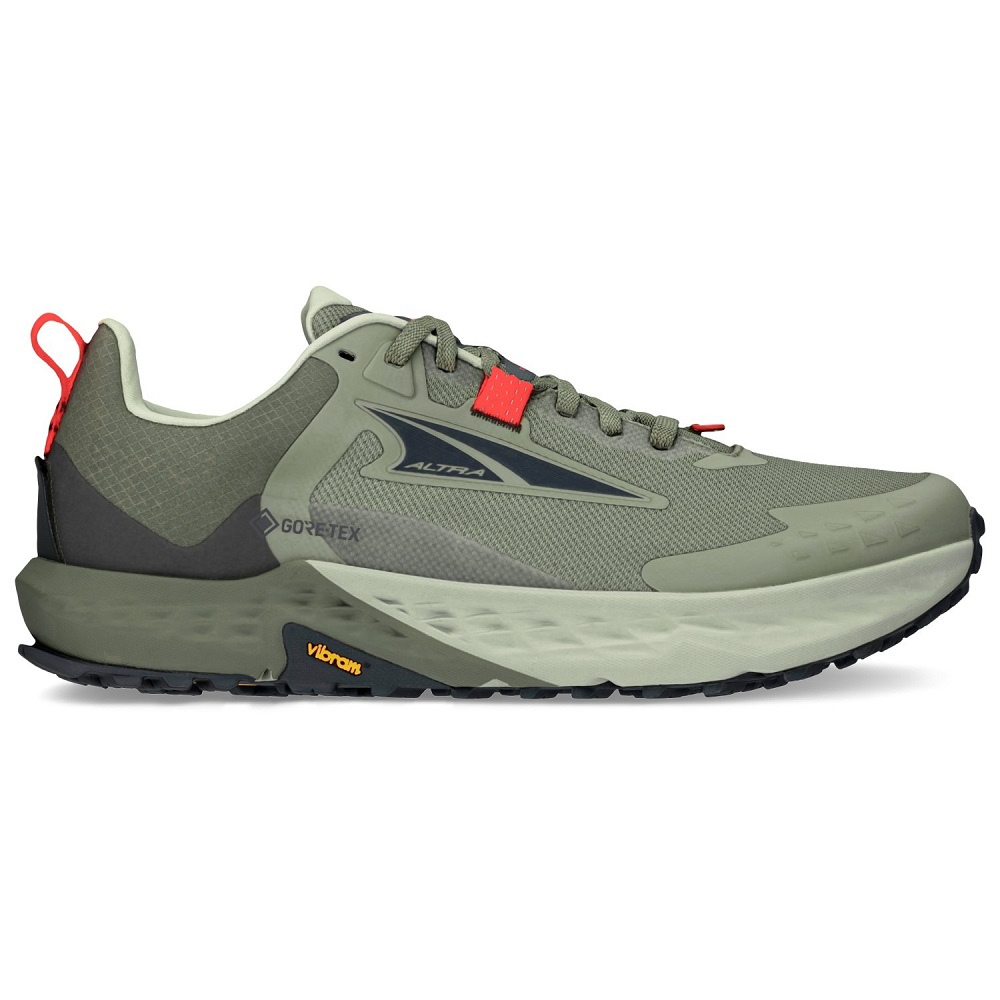
Features to Look for in Zero Drop Trail Shoes
When selecting zero drop trail running shoes, it’s essential to pay attention to specific features. These features can ensure comfort, enhance performance, and increase durability on challenging trails. Let’s explore what to consider when choosing the right pair.
Cushioning and Protection
- Adequate Cushioning: While zero drop shoes focus on natural movement, some cushioning is still necessary. It absorbs impact while maintaining a minimalist design.
- Rock Plates: Look for shoes with rock plates. These provide protection against sharp rocks on trails without adding excessive bulk.
- Toe Protection: Reinforced toe caps shield your toes from unexpected impacts with rocks or roots.
Effective cushioning and protection ensure comfort and reduce the risk of injuries, while keeping your feet connected to the trail.
Sole and Traction for Trails
- Aggressive Lugs: Opt for soles with rugged, deep lugs for superior grip on uneven terrains.
- Sticky Rubber Outsoles: These improve traction on wet and slippery surfaces.
- Flexibility: Flexible soles allow your feet to adapt seamlessly to trail irregularities, promoting better foot movement.
With the right sole and traction, you can confidently tackle a variety of challenging terrains.
Durability and Material Selection
- Rugged Materials: Choose high-quality, durable materials to withstand wear and tear on rough trails.
- Breathability: Shoes with breathable mesh lining help keep your feet cool and dry.
- Water Resistance: Waterproof materials keep your feet protected in wet conditions, ensuring a comfortable run.
Durable and well-constructed shoes provide long-lasting performance, even on the toughest trails.
By focusing on these features, you can find a pair of zero drop trail running shoes that offer optimal performance and comfort. Choose wisely to enjoy a safe and natural running experience on all your adventures.
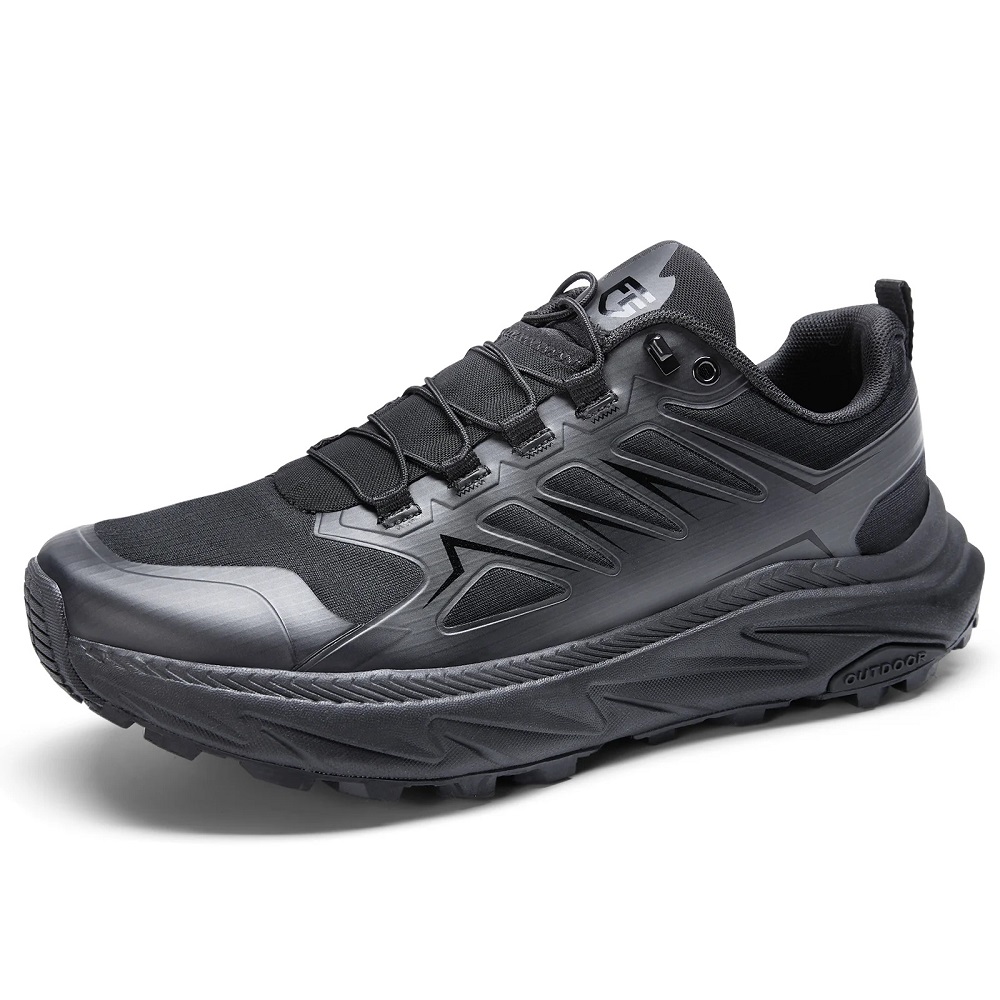
Common Myths About Zero Drop Trail Shoes
Zero drop trail running shoes are increasingly popular, but misconceptions about them persist. Understanding these myths can help runners make informed choices.
Misconceptions About Foot Pain
Some believe zero drop trail running shoes cause foot pain. However, this is often not true. Foot pain usually occurs due to improper use, sudden transitions, or overuse of new shoes. If the transition to zero drop shoes is rushed, muscles and tendons may strain. Gradual adaptation is key to avoiding discomfort.
In fact, zero drop shoes strengthen foot muscles over time. They promote natural movement and distribute pressure evenly. This design can reduce chronic foot pain for many runners when adjusted to properly. Proper transition and consistency are vital to experiencing these benefits.
Clarifying Adaptation Challenges
It’s a common myth that transitioning to zero drop trail running shoes is too challenging and not worth it. While the adjustment period requires patience, the benefits outweigh the initial difficulties. Rushing the process can lead to injuries, but a gradual transition makes it manageable.
Strategies such as alternating with traditional shoes can aid adaptation. Begin with shorter runs in zero drop shoes and progressively increase the duration. Combine this with strengthening exercises for the feet and legs to build the necessary muscles over time.
Adapting to zero drop trail running shoes is more about retraining than difficulty. With consistent practice and proper care, runners can enjoy a smoother shift. The result is improved biomechanics, stability, and an enhanced natural movement experience.
By debunking these myths, runners can appreciate the value of zero drop trail running shoes. With the right approach, these shoes can transform how you run and support your foot health effectively.
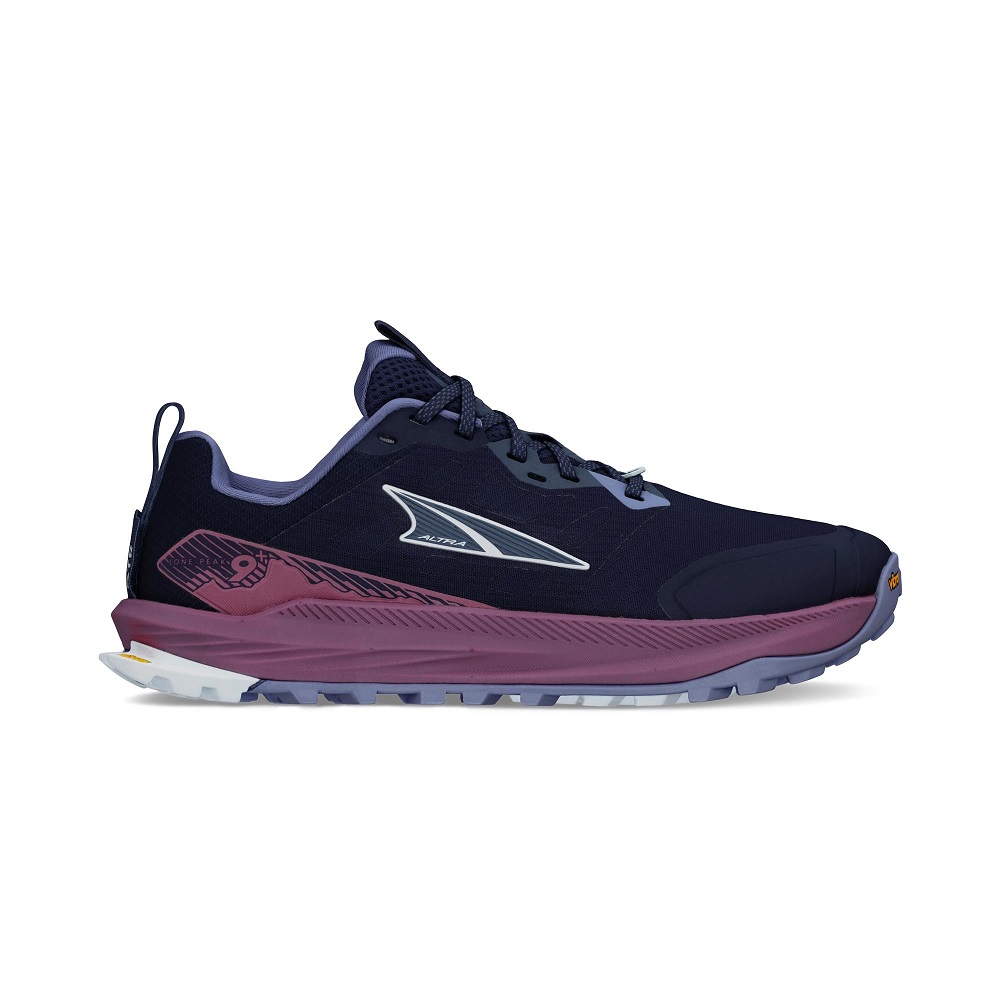
Top Zero Drop Trail Running Shoe Brands
Zero drop trail running shoes are gaining popularity for their unique design and performance benefits. Various brands have stepped up to provide high-quality options. Let’s explore some of the best zero drop trail running shoe brands.
Popular Models and Recommendations
- Altra Running
- Altra is widely known for its zero drop shoes and foot-shaped designs.
- Popular models include Altra Lone Peak, Altra Superior, and Altra Timp.
- These shoes offer balanced cushioning and excellent grip for diverse trail conditions.
- Xero Shoes
- Xero Shoes focus on ultra-minimalist designs for natural movement.
- The Xero TerraFlex and Xero Mesa Trail are lightweight yet durable options.
- They provide excellent traction and allow full foot engagement.
- Topo Athletic
- Topo Athletic combines natural movement with modern features.
- Models like Topo Terraventure and Topo Runventure offer stability and comfort.
- The wide toe box ensures natural toe splay without compromising support.
- Merrell
- Merrell has a range of zero drop trail options with durable construction.
- Merrell Trail Glove and Merrell Vapor Glove are widely recommended.
- These shoes are breathable, lightweight, and flexible for various trails.
- Vibram FiveFingers
- Vibram’s unique toe-style shoes promote barefoot-like running.
- Models such as V-Trail 2.0 focus on grip and natural movement.
- Ideal for rugged trails, they deliver superior ground feedback.
What Makes These Brands Stand Out
- Commitment to Natural Running
- These brands design shoes to mimic the natural shape and motion of the foot.
- Their products reduce joint stress while encouraging better posture and alignment.
- Focus on Comfort and Durability
- Advanced cushioning and durable materials offer comfort and protection.
- Many brands add features like rock plates and reinforced toe caps for trail safety.
- Traction and Grip
- Superior grip technology ensures stability on rocks, mud, and uneven surfaces.
- Aggressive lugs and sticky rubber outsoles boost trail running performance.
- Variety and Customization
- Shoes are available in different styles, catering to all levels of runners.
- Options for cushioning and designs allow for a personalized fit.
Choosing the right brand for your zero drop trail running shoes depends on your preferences. Factors like trail type, foot shape, and support needs should guide your decision. These brands lead the market with features tailored to provide a natural and comfortable trail running experience.
Frequently Asked Questions About Zero Drop Trail Shoes
Zero drop trail running shoes often raise questions, especially from new and experienced runners. Here, we will address two common queries to help clarify their benefits and uses.
Can Zero Drop Shoes Help with Plantar Fasciitis?
Zero drop shoes can assist individuals with plantar fasciitis. Their design encourages natural foot positions. By ensuring the heel and forefoot are on the same level, these shoes help reduce strain. They also support midfoot and forefoot striking, improving weight distribution during movement. This may alleviate excess pressure on the heel.
Additionally, zero drop shoes actively engage and strengthen foot muscles. This enhanced muscle activity can lead to stronger arches. Over time, this may help reduce discomfort associated with plantar fasciitis.
However, they may not be a universal solution. Gradual transition and proper use are essential to avoid further strain or discomfort. Consulting a podiatrist or physical therapist before switching is recommended. Each runner’s feet and needs vary, so use them cautiously if you have plantar fasciitis.
Are Zero Drop Shoes Suitable for Beginners?
Zero drop trail running shoes can suit beginners, but they require a cautious transition. These shoes promote natural movement, which may feel different from conventional running shoes. Beginners should start with light activities like walking before advancing to running in them.
Gradual adaptation is critical for beginners. Start with shorter runs and increase distance slowly. Aim for a 10-15% mileage increase each week. This prevents overloading of muscles and tendons as they adjust.
Beginners should also pay attention to their running form. A midfoot or forefoot strike is crucial to reap the benefits of zero drop shoes. Engaging in foot strengthening exercises alongside running can speed up adaptation.
Zero drop trail running shoes, when transitioned to correctly, can provide beginners with a natural, stable running experience. Nonetheless, if discomfort arises, pause and seek expert advice.
With proper awareness, these shoes can be an excellent choice for reducing injuries and enhancing performance.
